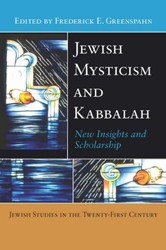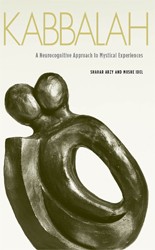Dominique Baque’s new monograph Anselm Kiefer is a big, beautifully produced book richly illustrated with 250 glossy color illustrations. The intensity of the subject, German-born artist Anselm Kiefer (b. 1945 — ) and his extensive bodies of work — like this monograph — can overwhelm. As the author, a noted art historian, acknowledges, Kiefer’s work is unquestionably difficult and requires great effort and concentration for many readers and audiences.
The same can be said about this monograph. Baque succeeds in addressing the numerous difficult concepts that continue to motivate Kiefer and his work, but the going can be rough. One might wonder why Kiefer, who is not Jewish, merits discussion among Jewish readers and art enthusiasts. There is the ongoing debate over what constitutes Jewish art, intertwined with the vexing question of who can be considered a Jewish artist — and why. Floating somewhere in proximity to these questions of art, identity, and Jewishness resides the art and career of Anselm Kiefer.
Kiefer’s “Jewish credentials” ensue from his artistic interest in Kabbalistic thought and systems, explorations of Jewish figures like Lilith and Shulamith (Kiefer has a particular fascination with strong Jewish female ancestral figures), the Romanian Jewish poet Paul Celan — perhaps the only male figure Kiefer represents — the Second World War, and the Holocaust. As Adorno stated (and is often misquoted), “Writing poetry after Auschwitz is barbaric;” to Kiefer, the challenge is how he can be an artist at all, but specifically a German artist in the high classical tradition, after Auschwitz.
In this thorough monograph, Baque successfully works through the biography of the artist, his vast body of works in different media, and the philosophical ideas which drive his creativity. Kiefer’s work is encrusted with layers of symbols and of history; quite strikingly, he was born at the end of World War II during an Allied air raid. A great strength of this monograph is the attention the author pays to Kiefer’s art books which provocatively pronounced their Germanness, and to this point, have not been given their right proportion of consideration. Storytelling, mythmaking, memory, and the construction and resuscitation of history are strong components of Kiefer’s art and German identity: Kiefer boldly, shockingly proclaimed and questioned his national heritage in a series of performances and books in which he donned his father’s Nazi uniform, questioning what would his own role have been had he been alive during the Second World War. Similarly, Kiefer dismantles common household objects — bathtubs, for example — to illuminated how they have also stained by falsehoods of Nazi values.
Baque’s discussion of phases of Kiefer’s incredible work or bodies of a medium or on a theme sometimes lack a focused, visually driven analysis of individual pieces, which can be frustrating to the reader. Kiefer’s conceptions are multi-layered, as are his Neo-Expressionist paintings, installations, and sculptures, and readers would benefit from more studied formal analysis. Anselm Kiefer: A Monograph may not be the best introduction for those new to the artist’s work, but Domonique Baque’s study is rewarding and the large-scale illustrations compel all.
Related Content:
- Matthew Baigell: We’re Living in a Golden Age of Jewish American Art and Don’t Really Know It
- Leslie Maitland: Stumblilng Stones
- Baruch and Judy Sterman: Obsession in Blue





